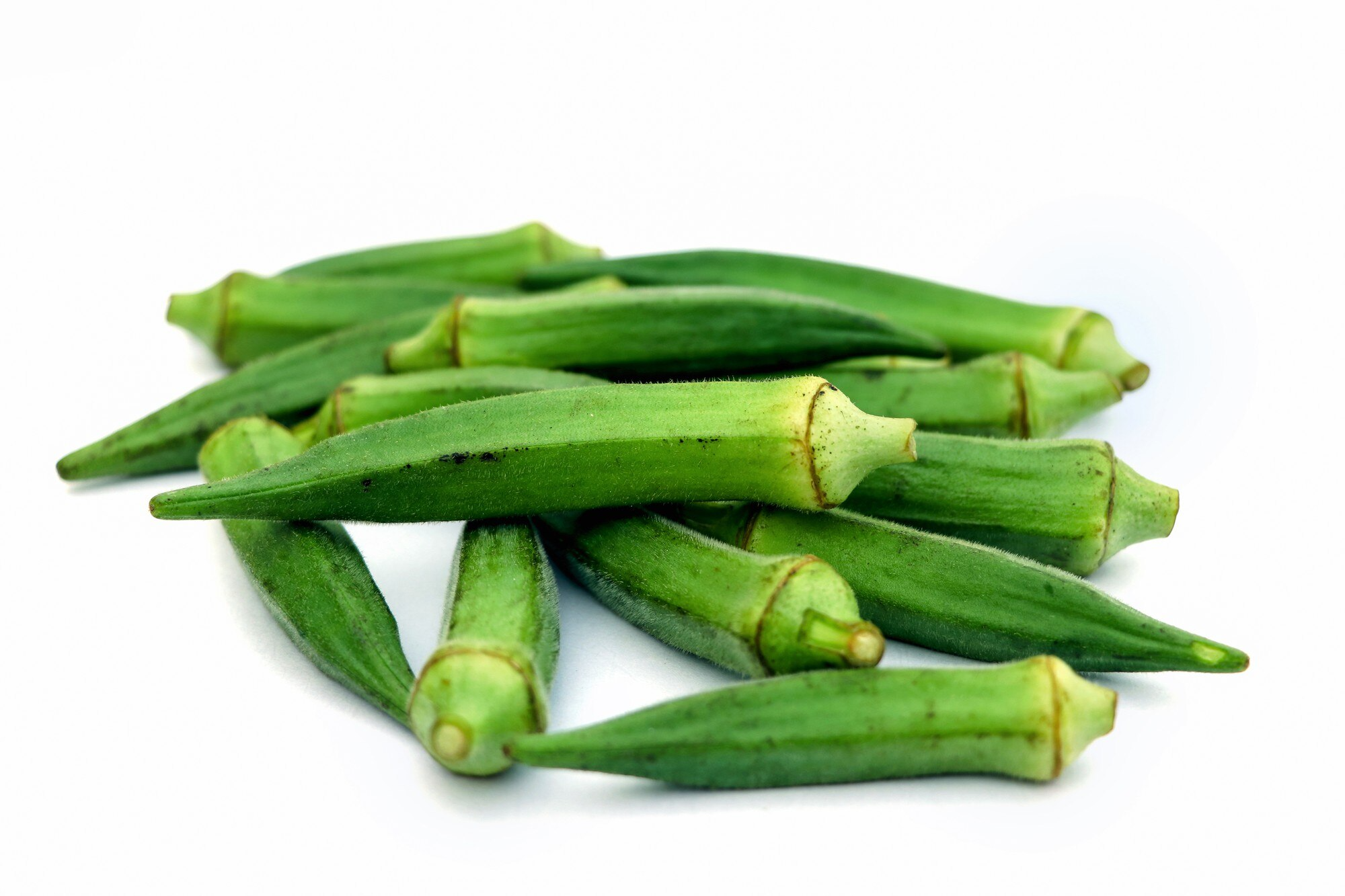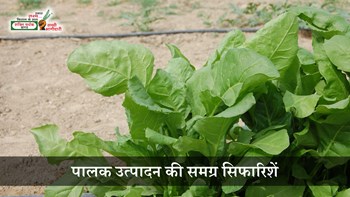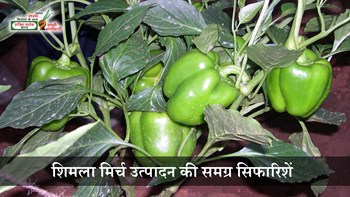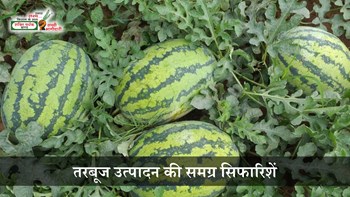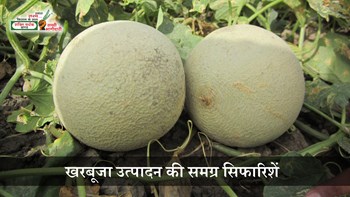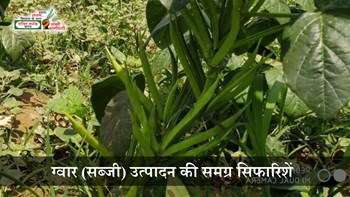Understanding the water requirements of Okra -
Okra can withstand some drought but needs sufficient and timely watering for the best growth. It is particularly vulnerable to water shortages during the flowering and pod development phases. The water needs of okra are influenced by several factors, including:
- Weather conditions (temperature, humidity, and rainfall)
- Type of soil and its ability to hold water
- Stage of growth of the plant
- Method of irrigation required
Irrigation Schedule for Okra in different seasons:
- Summer Season (March to June)
In the summer, temperatures in India can soar, causing soil moisture to evaporate quickly. To keep soil moisture levels stable and avoid stressing crops, effective irrigation management is crucial. Farmers need to irrigate frequently during this time, as the heat accelerates water loss. For okra crops, irrigation every 3 to 4 days is necessary to maintain adequate soil moisture. Each irrigation session should provide about 35-40 mm of water to keep the soil from drying out.
Drip irrigation is the best method for watering okra in the summer, as it minimizes water waste and delivers moisture directly to the roots efficiently.
- Monsoon Season (July to September)
The monsoon season delivers plenty of rain, which usually provides enough water for okra plants. Typically, irrigation isn't needed unless there is a long dry period. However, too much water can cause root rot and fungal issues, so good drainage is essential. Farmers should keep an eye on rainfall and only water the crops if the soil begins to dry out.
If there isn't enough rain, farmers should irrigate every 7-10 days, applying 20-30 mm of water each time. Using ridge or furrow irrigation is a smart choice during the monsoon, as it helps with drainage and stops water from pooling.

- Winter Season (December to February)
In winter, the evaporation rate decreases, meaning crops need less frequent watering. The soil holds moisture longer, which reduces the need for irrigation. Farmers should water their crops every 7 to 10 days, applying 15-20 mm of water each time. It's important to avoid overwatering, as too much moisture can cause fungal diseases and affect root growth.
Furrow or sprinkler irrigation works well in winter, providing even water distribution without oversaturation. Frost management is crucial during this season, especially in northern India, where temperatures can fall sharply. Watering in the evening or early morning can help protect plants from frost damage by keeping soil temperatures stable and preventing sudden drops that could harm growth.
Best Irrigation Methods for Okra:
- Drip Irrigation
Drip irrigation is the most effective way to grow okra because it sends water straight to the roots, minimizing waste and evaporation. This technique also limits water on the leaves, lowering the chance of fungal diseases. Furthermore, it allows for fertigation, where nutrients can be added through the irrigation system, enhancing plant health and increasing yield.
- Furrow Irrigation
Furrow irrigation is a classic method ideal for clay and loamy soils that retain water well. It helps control water flow and prevents waterlogging, making it a budget-friendly choice for small to medium farms. However, farmers need to ensure proper drainage to prevent too much moisture buildup.
- Sprinkler Irrigation
Sprinkler irrigation is beneficial in areas with limited water supply. It provides even water distribution, particularly in sandy soils that drain quickly. This method also helps manage soil temperature and offers moisture during dry periods, making it a practical irrigation option in winter and dry seasons.
An effective irrigation plan is essential for successful okra farming. Knowing how much water okra needs in various seasons allows farmers to improve their irrigation methods, boost plant health, and increase harvests. It's important for farmers to select the appropriate irrigation technique based on soil characteristics, weather conditions, and water supply to promote sustainable okra growth. By implementing smart water management practices, Indian farmers can enhance okra yields while preserving important water resources.
